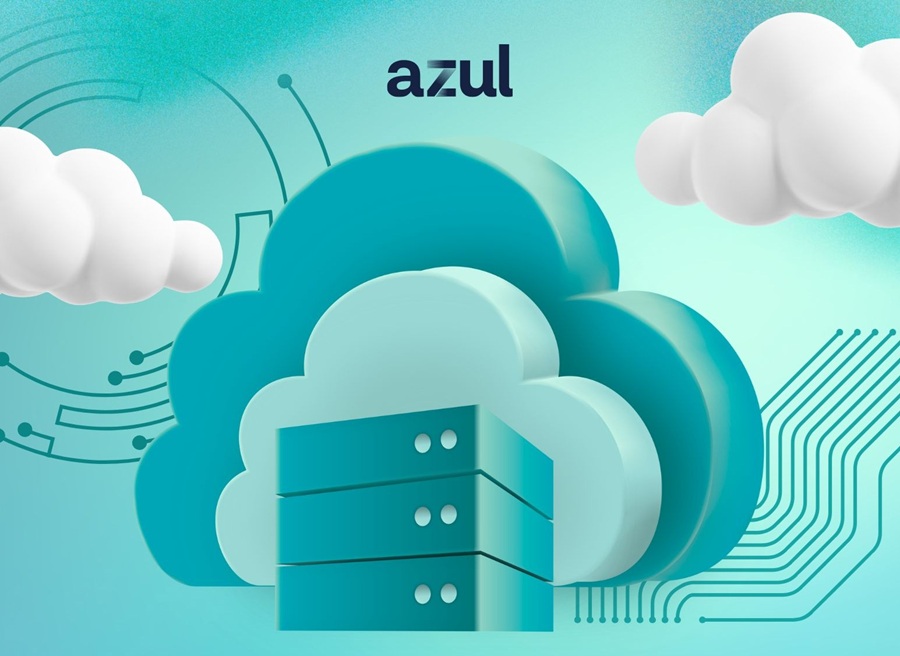
Progress announced the launch of Progress Accelerate, the global partner program providing partners with the tools necessary to accelerate growth and customer success.
This new program enables partners to expand their offerings through Progress-provided resources, while offering customers their choice of partner engagement opportunities.
“The market is moving to Forrester’s ‘Trifurcated Channel Model’, made up of influencer, transactional and retention channels,” said Gary Quinn, SVP, Core Field Operations, Progress. “We have many successful partner initiatives, and now, through the acquisition of Ipswitch, we centralized and expanded the program across our product portfolio into a trifurcated model. This benefits our partner ecosystem in multiple ways and provides better access to a larger offering for our customers so they can maximize value from their Progress investment.”
The Progress Accelerate partner program simplifies the partnering experience providing all partners with:
- Incentive Programs – attractive margins and discounts, access to NFR licenses, rebates and referral incentives
- Training and Enablement – persona-based online marketing, sales, pre-sales and technical training programs, technical and sales certifications as well as sales and marketing toolkits
- Account Managed Resources – dedicated account manager, technical and pre-sales support, partner marketing, joint business and marketing planning and a dedicated customer success manager
- Marketing Resources – presence on Progress.com; partner portal access to sales tools, trainings and co-branded collateral; marketing lead distribution; co-branded event and partner conference support; MVP and awards programs; customer reference and storytelling support
In addition, Progress provides a dedicated global partner operations team available to ensure all technical, sales and business-related questions and needs are addressed quickly and efficiently.
The Progress Accelerate partner program consists of three distinct tiers based on performance level: Titanium, Gold and Silver.
The Latest
Overall outage frequency and the general level of reported severity continue to decline, according to the Outage Analysis 2025 from Uptime Institute. However, cyber security incidents are on the rise and often have severe, lasting impacts ...
In March, New Relic published the State of Observability for Media and Entertainment Report to share insights, data, and analysis into the adoption and business value of observability across the media and entertainment industry. Here are six key takeaways from the report ...
Regardless of their scale, business decisions often take time, effort, and a lot of back-and-forth discussion to reach any sort of actionable conclusion ... Any means of streamlining this process and getting from complex problems to optimal solutions more efficiently and reliably is key. How can organizations optimize their decision-making to save time and reduce excess effort from those involved? ...
As enterprises accelerate their cloud adoption strategies, CIOs are routinely exceeding their cloud budgets — a concern that's about to face additional pressure from an unexpected direction: uncertainty over semiconductor tariffs. The CIO Cloud Trends Survey & Report from Azul reveals the extent continued cloud investment despite cost overruns, and how organizations are attempting to bring spending under control ...

According to Auvik's 2025 IT Trends Report, 60% of IT professionals feel at least moderately burned out on the job, with 43% stating that their workload is contributing to work stress. At the same time, many IT professionals are naming AI and machine learning as key areas they'd most like to upskill ...
Businesses that face downtime or outages risk financial and reputational damage, as well as reducing partner, shareholder, and customer trust. One of the major challenges that enterprises face is implementing a robust business continuity plan. What's the solution? The answer may lie in disaster recovery tactics such as truly immutable storage and regular disaster recovery testing ...
IT spending is expected to jump nearly 10% in 2025, and organizations are now facing pressure to manage costs without slowing down critical functions like observability. To meet the challenge, leaders are turning to smarter, more cost effective business strategies. Enter stage right: OpenTelemetry, the missing piece of the puzzle that is no longer just an option but rather a strategic advantage ...
Amidst the threat of cyberhacks and data breaches, companies install several security measures to keep their business safely afloat. These measures aim to protect businesses, employees, and crucial data. Yet, employees perceive them as burdensome. Frustrated with complex logins, slow access, and constant security checks, workers decide to completely bypass all security set-ups ...

In MEAN TIME TO INSIGHT Episode 13, Shamus McGillicuddy, VP of Research, Network Infrastructure and Operations, at EMA discusses hybrid multi-cloud networking strategy ...
In high-traffic environments, the sheer volume and unpredictable nature of network incidents can quickly overwhelm even the most skilled teams, hindering their ability to react swiftly and effectively, potentially impacting service availability and overall business performance. This is where closed-loop remediation comes into the picture: an IT management concept designed to address the escalating complexity of modern networks ...
